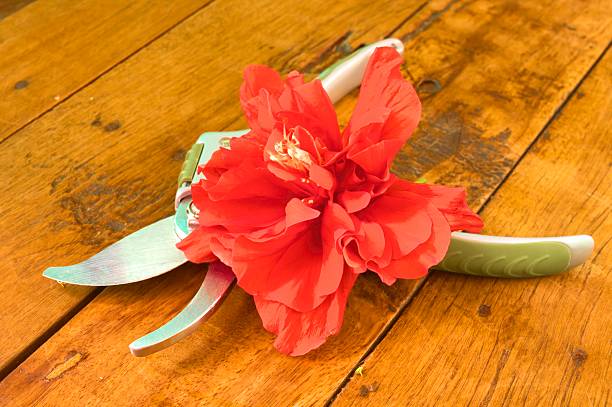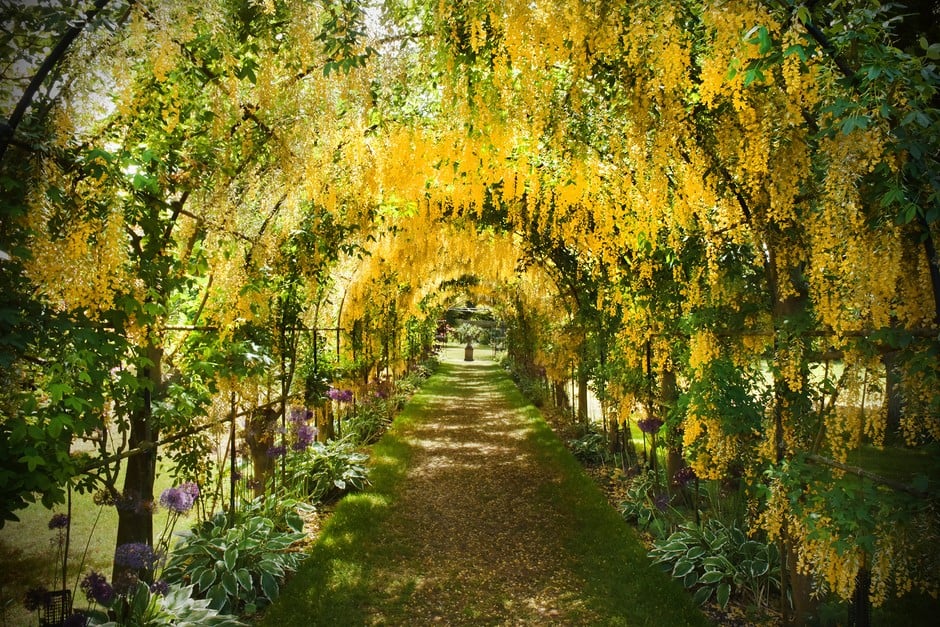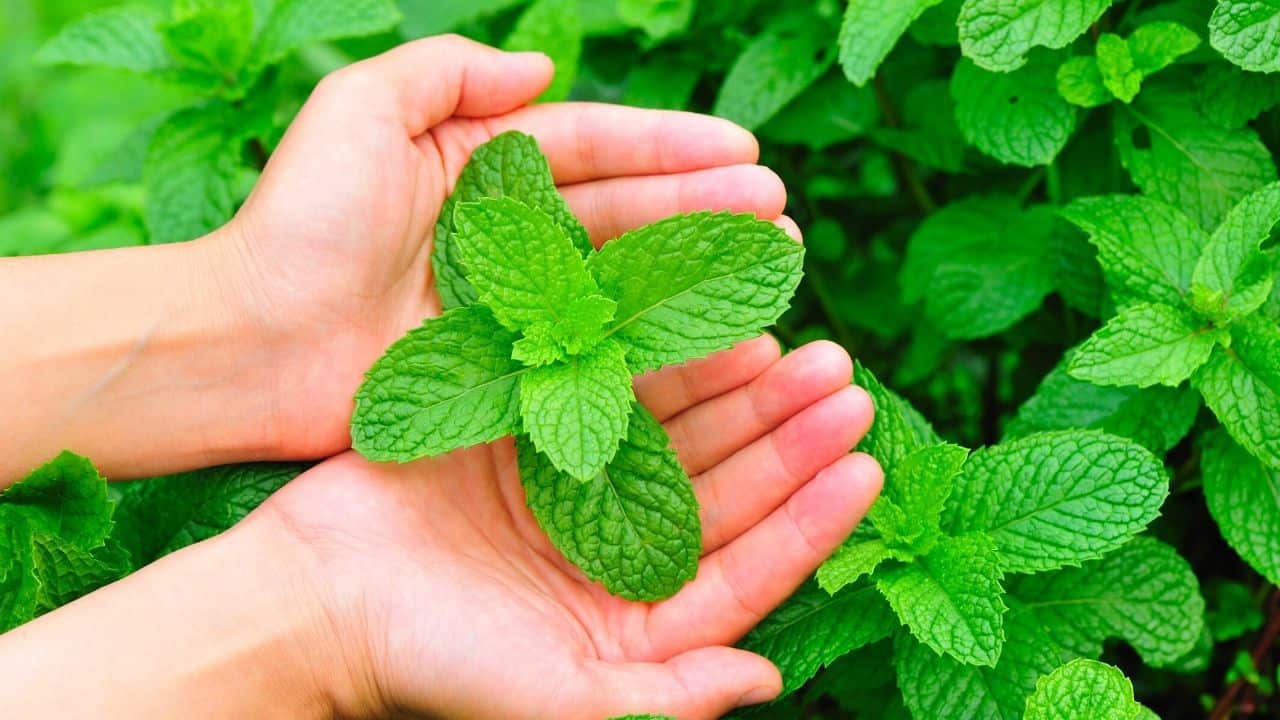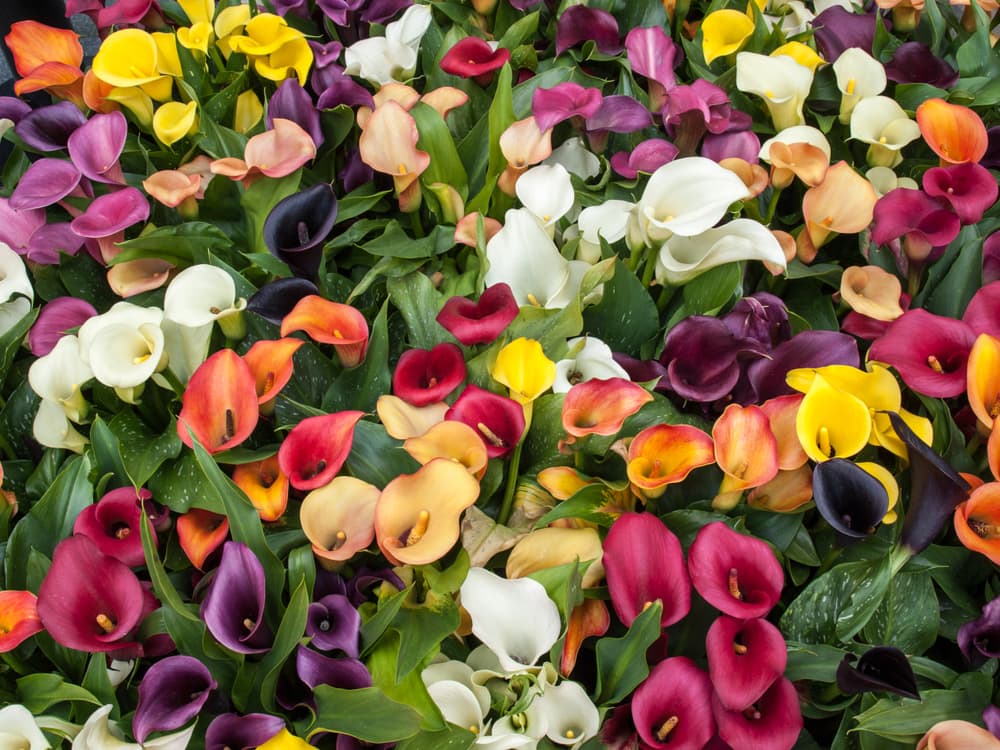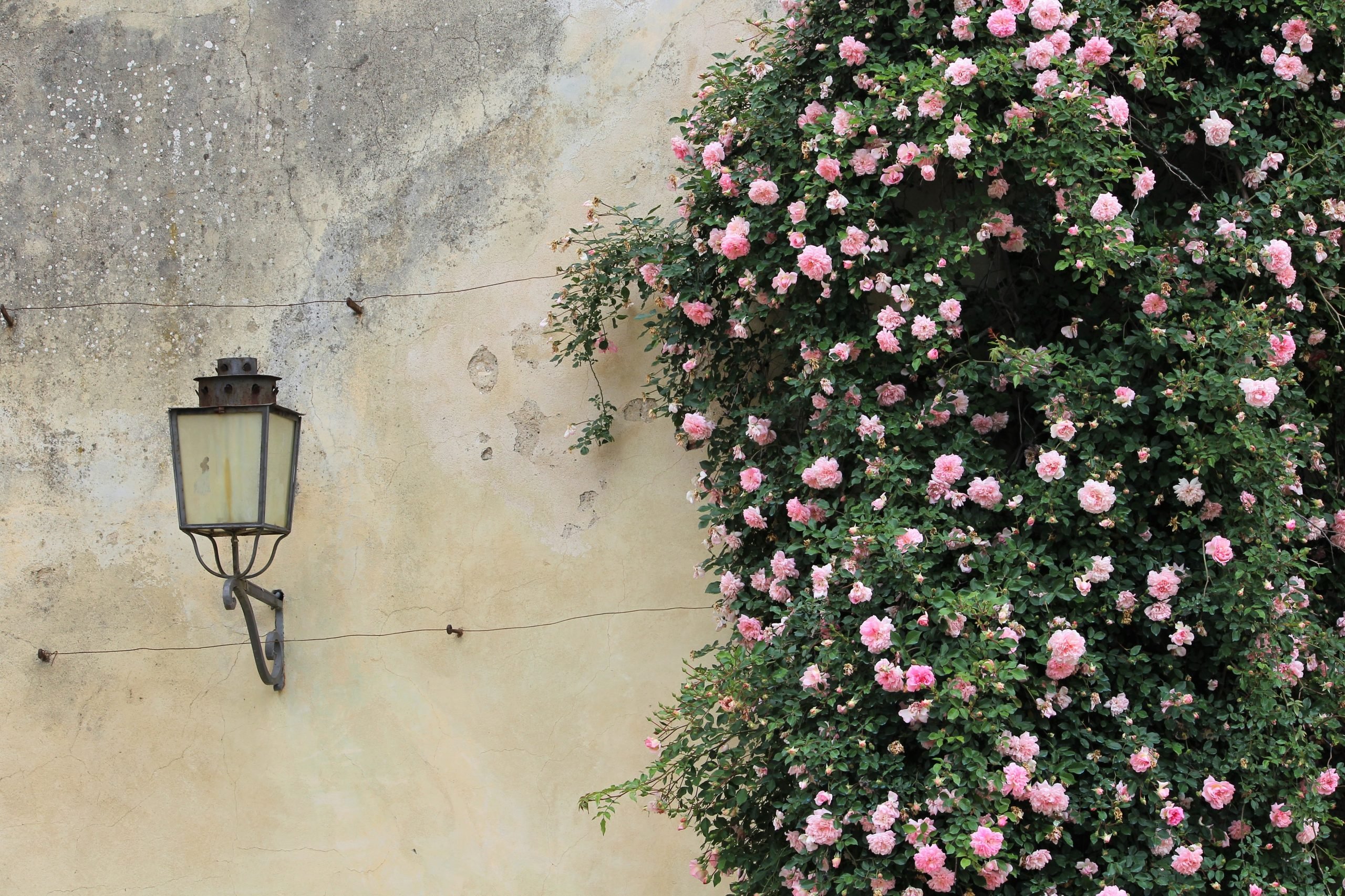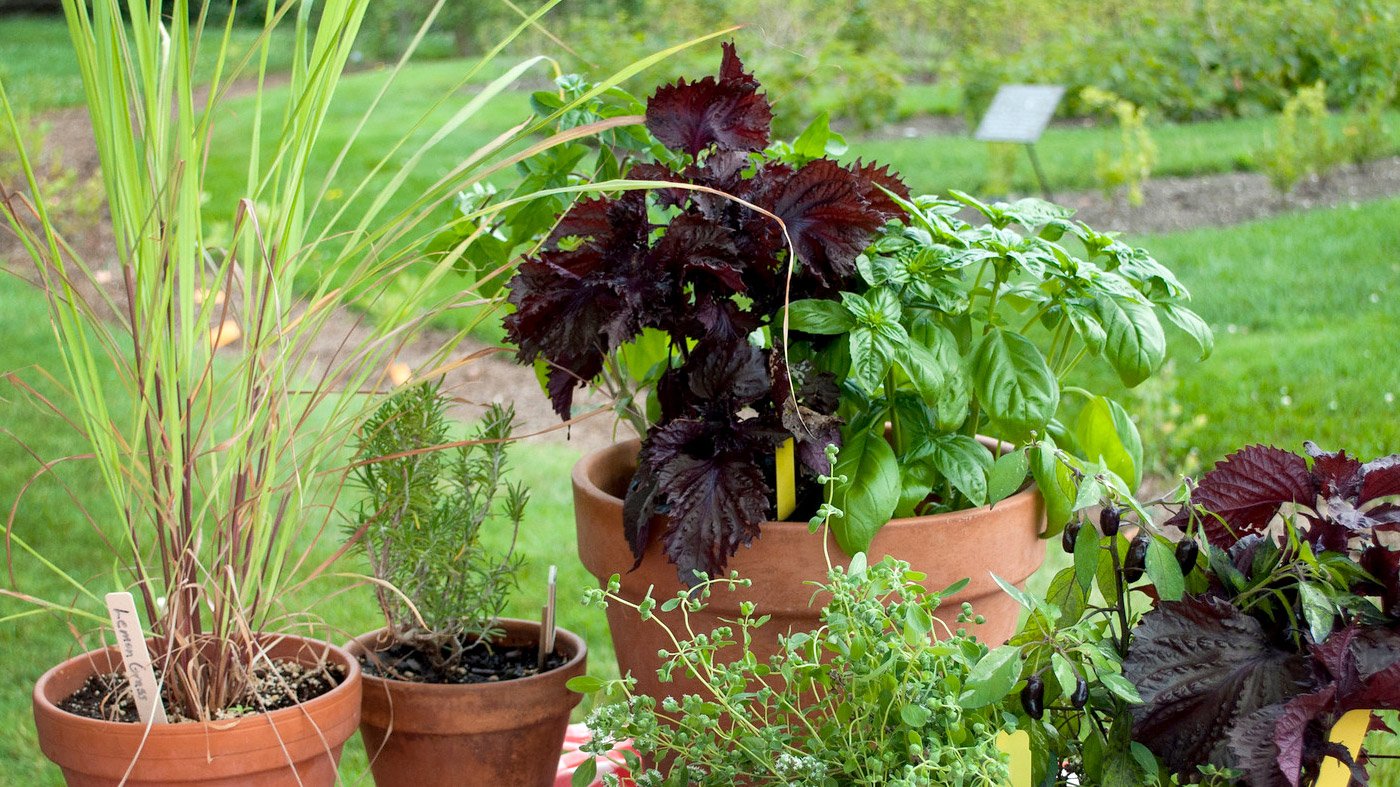How to Care and Grow Creeping Jenny “Moneywort”
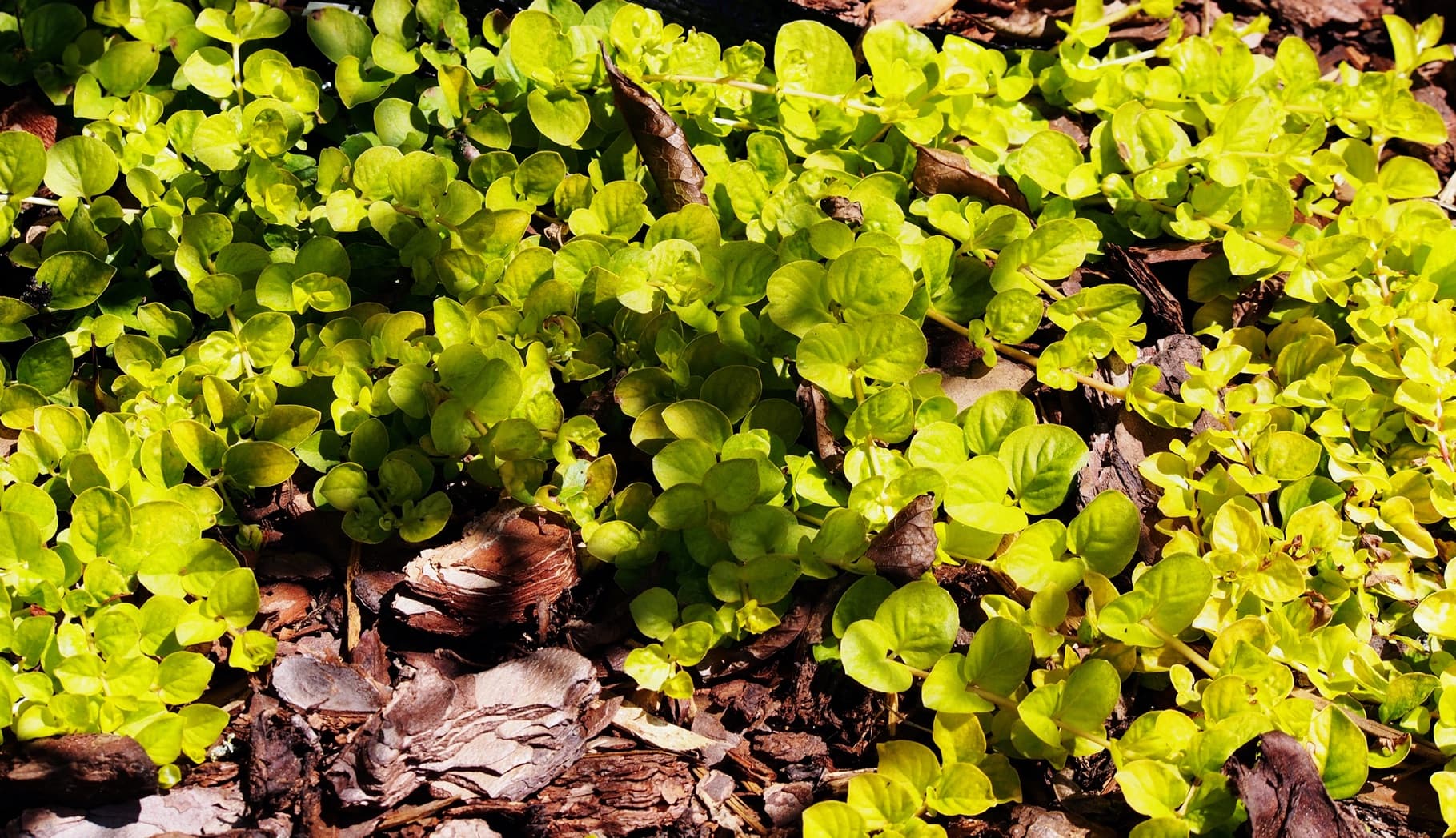
Table of Contents
Lysimachia Nummularia, commonly known as Moneywort, Creeping Jenny, herb twopence, and twopenny grass, is a species of the family Primulaceae. It is a famous groundcover plant that is perfect for covering berths and soil with lush foliage. It has glossy and luminescent green leaves that make it an ideal choice as a creeping plant. It is generally a low-maintenance plant, but growing in a controlled region to achieve the perfect amount of spread and height can be tricky. In other words, this plant is a robust, debilitate, and evergreen perennial that grows up to 2 inches and spreads quickly by stem-rooting.
Coming to its genetic roots, the plant is native to Central Europe and Western Asia. Creeping Jenny Moneywort is also known to be an annoyance in the garden because of how well it spreads. It is a plant that is a blend of being invasive and decorative. With proper care and growth, the watcher would be amazed by its greenery and patterns of growth.
How to Grow Creeping Jenny ‘Moneywort’
1. Proper Planting of Moneywort
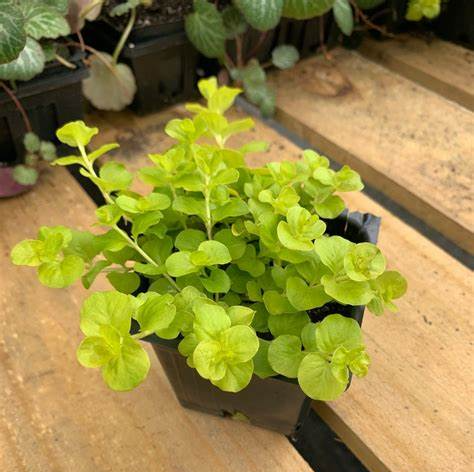
As mentioned, Creeping Jenny moneywort is a plant that grows and spreads very quickly, which can be planted in a garden and also in a pot. This plant can be planted at any time of the year; the ideal time period to plant it would be spring.
This will allow the plant to blossom cute golden/yellow flowers by the time of Summer. The planting spot also matters a lot; if you choose to plant it in a garden, then better to prefer a region where the water can be retained.
Especially low-lying parts of soil where rain flows are ideal for this hydrophilic plant. Generally, moneywort is shaded by other plants in the natural habitat if you choose it to be a ground cover plant.
But be careful while you plant among other plants, as it can propagate rapidly and compete for resources with other tender plants. You can also grow to creep Jenny Indoors in a pot if you wish to control its growth or maintain it on a balcony.
Additionally, one can grow it in an aquarium too, but the temperature must not exceed 25 degree Celsius.
2. Adequate Sunlight
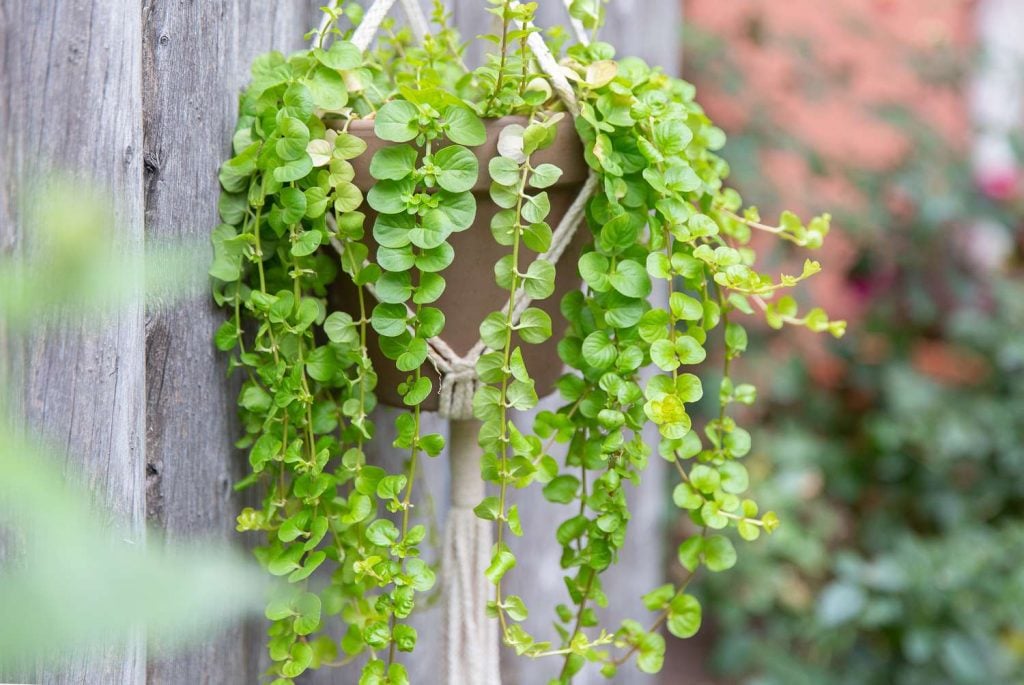
The ideal growing conditions for creeping jenny moneywort are full sun or light shade. The perfect leaf colour will be displayed in full sun, especially if one wants to grow ‘Aurea’ kind.
The colour will often augment and turn a darker green, but it will still grow just as well with little afternoon shade. Usually, the chlorophyll density of the leaves changes their colour.
To convert light into energy during photosynthesis, a plant only needs a small amount of chlorophyll when it is exposed to sunlight. A plant that receives less light will generate more chlorophyll, giving the leaves a darker green hue.
The leaves of creeping jenny indoors can change colour when there is too little light, and they can burn and blanch when there is too much. If you stay in an area with sultry summers, you have to give Creeping Jenny a break throughout the spring and summer.
3. Maintain Average Temperature
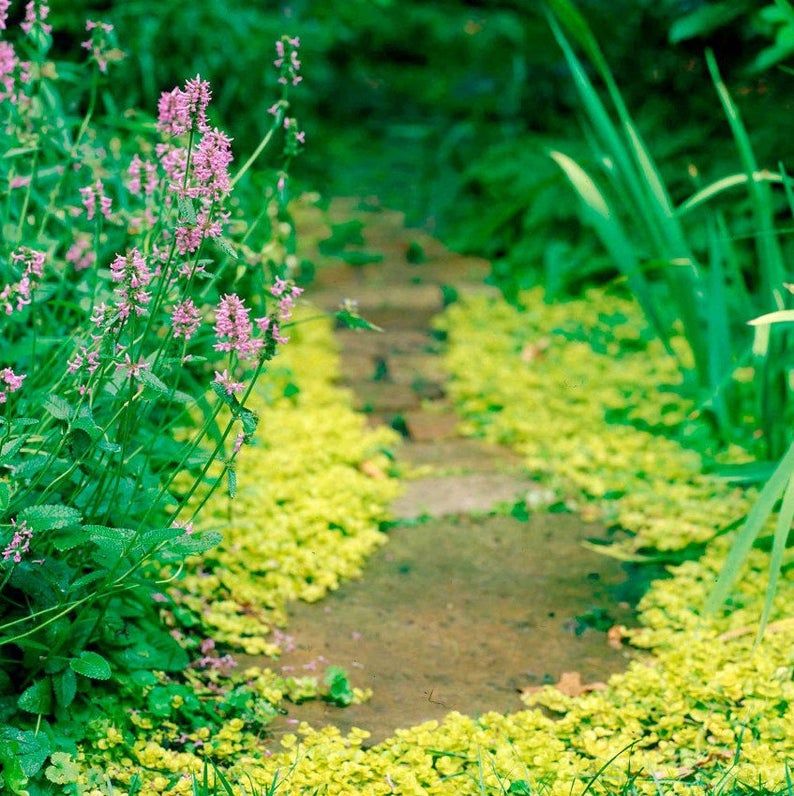
The favoured climatic temperatures for these types of plants are between -30 degrees F to 30 degrees F. Summer is the best time to plant Creeping Jenny Moneywort as it loves sunlight and moderately hot temperatures.
Although they also grow healthily in partial shade from time to time, they may perish in extremely cold weather or winters. The growth might seem irregular during winters due to the extremely cold and harsh weather, but it should retain its rate of growth by Spring.
Though they love sunlight, avoid placing them outside all day in extremely hot temperatures, as this can result in the burning of the foliage.
4. Water It in Prudent Way
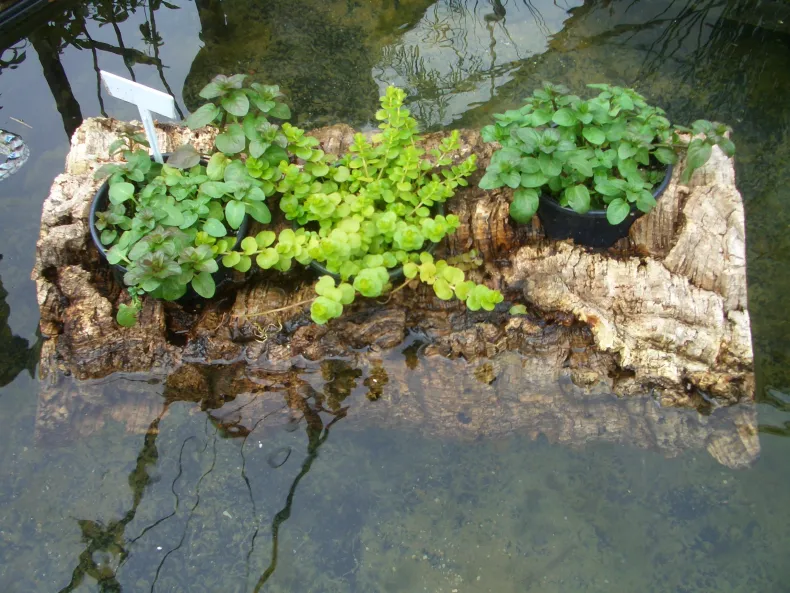
Creeping Jenny Moneywort normally grows near water regions such as riverbanks, streams, or swamp gardens. This tells us that it’s a hydrophilic plant, in other words, a water-loving plant.
It’s very crucial to regularly water this plant since it needs constantly wet soil that never dries up. The watering requirements may be greatly aided by the planting position.
As mentioned above, plant Creeping Jenny as a ground cover if your yard has spots where rainwater naturally gathers. If you live somewhere that receives little rain, place the plant close to a drain or another water source that doesn’t contain a lot of chemicals. If you have planted it in a pot, then watering is important for plants grown in containers.
5. Balanced Soil
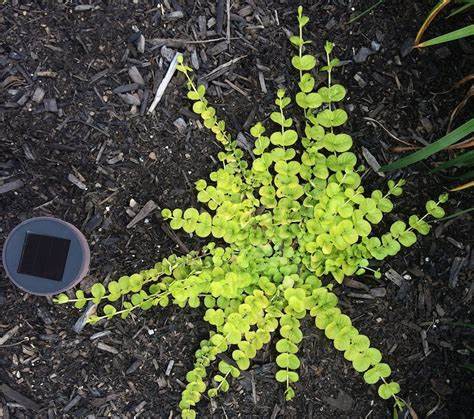
This plant prefers moist, well-draining soil that is rich in organic matter. It can grow in a wide range of soil types, but it prefers slightly acidic to neutral soil pH.
If you have heavy clay soil, mix it with compost, peat moss, or other organic matter to improve soil quality and drainage if the soil is too sandy, mix in compost or peat moss to help it retain moisture.
As Creeping Jenny indoors grows well and healthy in wet or damp soil, it’s better you be aware of the type of soil you are choosing. Since it prefers wet and moist soils, they are often found on riverbanks, lakeside, ponds, etc., where the soil is preferably wetter.
6. Application of Fertilizer
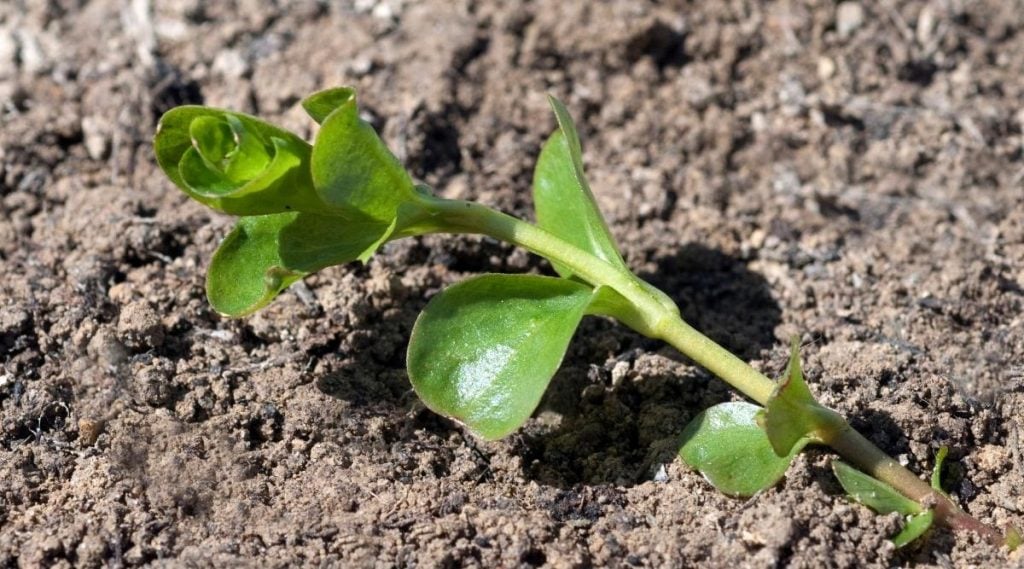
Creeping Jenny Indoors Moneywort is not a heavy consumer; it should grow without too much addition of any specific fertilizers. But it can benefit from a light application of balanced fertilizer at the time of spring.
Though not mandatory, fertilizing at least once annually will help in the better growth of the plants. This fertilization helps improve the fertility and texture of the soil, providing a better soil environment for the plant’s growth.
You can also add a layer of organic compost around the base of the plant to help enhance soil fertility and nutrient content.
7. Provide Mulch
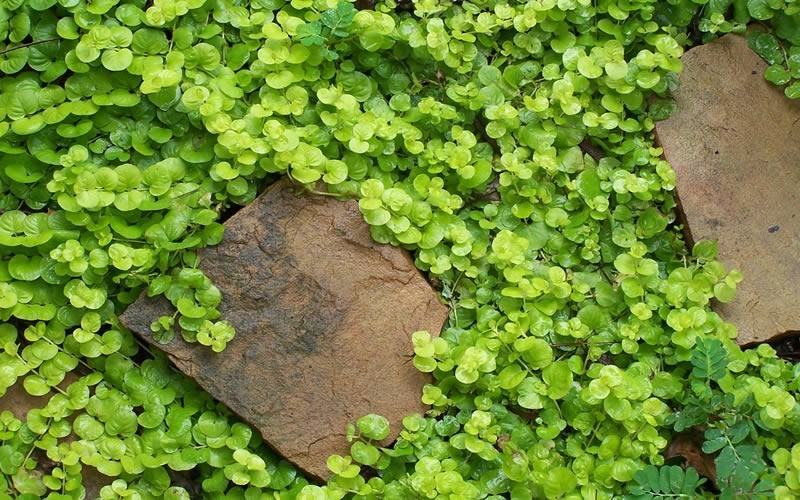
It can be an added advantage if you include a layer of mulch around your creeping Jenny moneywort. This can help retain moisture and suppress weeds.
You can use anything from chopped bark to leaves, but better to avoid piling the mulch up against the stems of the plant as this might cause the plant to rot.
Adding mulch to your soil at least once in its early stage is beneficial as it can improve the richness of roil, store the right amount of water without overflowing, and reduces evaporation to retain water in the soil for longer periods.
Caring Tips for Creeping Jenny ‘Moneywort’
It is understood that growing a plant is a very vital task, but caring for it with proper grooming and maintenance is what makes the growth worth it. Once you have your Creeping Jenny Moneywort growing, you need to keep the following instructions in mind to care for the plant:
1. Proper Maintenance
As we know that this plant grows and spreads very fast. To prevent it from spreading to undesirable regions of your yard where you might have other plants, maintenance is important in addition to being critical for the health of the plant.
You can start by cutting down the plant in the autumn. Eliminate any stems that are obstructing nearby plants or escaping the regions they are being controlled in. Remove any stems that are fading or damaged to encourage new growth the next season. The flowers of this plant should be periodically deadheaded before they begin to produce seeds. This will help prevent them from moving by the wind to other sections of the yard. Deadhead the remaining blossoms and only leave a couple if you are interested in conserving the seeds for further growth.
2. Propagation Technique
To propagate Creeping Jenny Moneywort, it’s very easy to do so by taking stem cuttings. Simply select a healthy stem, cut it back to up to 4-6 inches in length, and remove any leaves from the lower half of the stem. Dip the cut end of the stem into rooting hormone, then plant this in a small pot filled with well-draining soil. Keep the soil moist and the pot in a warm, bright location, and within a few weeks, the cutting should start to develop roots. Once the cutting has established a good root system, you can transplant it into your garden beds.
3. Pests and Diseases Control
The plant is not really prone to many pests or diseases and can easily grow in bright light conditions and wet soil. However, here’s an interesting fact, Creeping Jenny Moneywort is known to be an attraction for many bees and butterflies, and many of these get their food from it. Apart from this, if you wish to keep it safe from other infectious bugs or pathogens, you can apply organic fungicide or horticultural oil to the foliage to kill the bugs and prevent any eggs from hatching. In this way, you can protect your plant from pests and diseases that might be caused over time while growing it.
Popular Varieties of Creeping Jenny ‘Moneywort’
Aurea
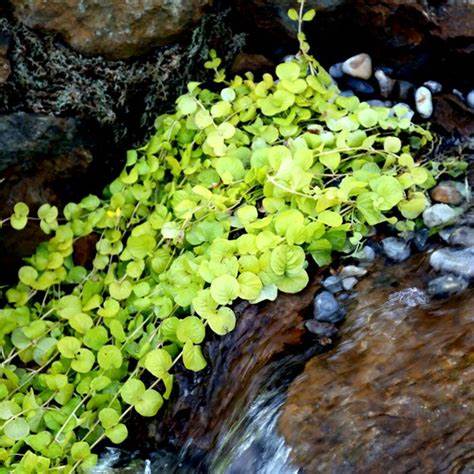
Aurea is distinguished by its vivid yellow-gold foliage. It disperses to form a low-growing mat and has tiny, spherical leaves that have an intense shade of yellow.
Aurea gives a cheery flash of colour to any garden or landscape and is perfect for use as a ground cover or in hanging baskets. Aurea requires little maintenance and can be pruned back if it starts to get too skinny.
Goldilocks
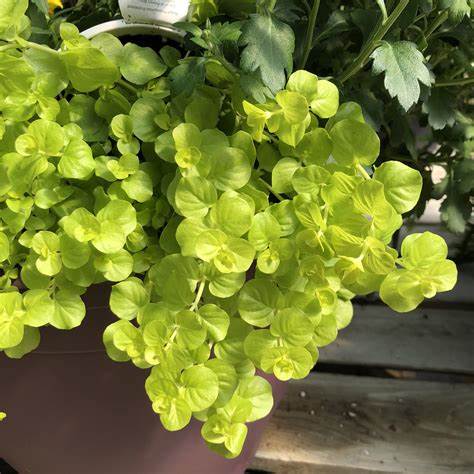
Goldilocks is another Creeping Jenny Indoors variant with yellow-gold foliage. However, when compared to Aurea, the leaves are bigger and longer. It can be used as a ground cover or in hanging baskets; Goldilocks spreads quickly and forms a low-growing mat. Goldilocks is simple to take care of and can be cut back if necessary to keep its shape and stop it from becoming too long.
Like any other plant, Creeping Jenny Indoors Moneywort needs proper care and nurturing to grow perfectly and keep it healthy. Whether you are choosing it to be a ground cover or in hanging baskets, this plant requires proper grooming, watering, and cutting for optimal results.
Summing Up
At the end of the day, Creeping Jenny Indoors Moneywort is a perfect choice if you want to ornament your yard beds with bright green foliage and golden yellow flowers that will keep you in awe.
As it is a plant that can grow in almost any condition and spreads quicker, you can choose in what type of location you want to grow it and the conditions necessary in order for the plant to be healthy.
Plant them in a restricted area of your garden or in a pot, as a creeping jenny indoors that can later be a hanging basket. Remember to plant the seeds 6-12 inches apart to promote an organized pattern of growth.
Plant them in spring, and with proper care and maintenance, wait for the plant to blossom with those golden hour flowers which will bring butterflies that will embellish your garden or pot with beauty.

